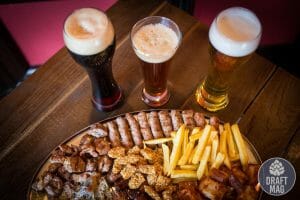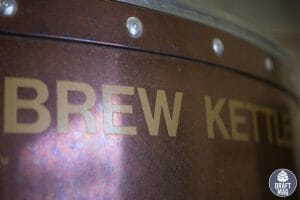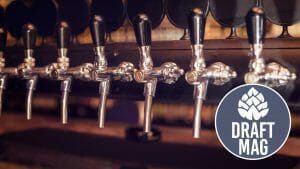Bottling Beer: All You Need To Know About Bottling Beer at Home
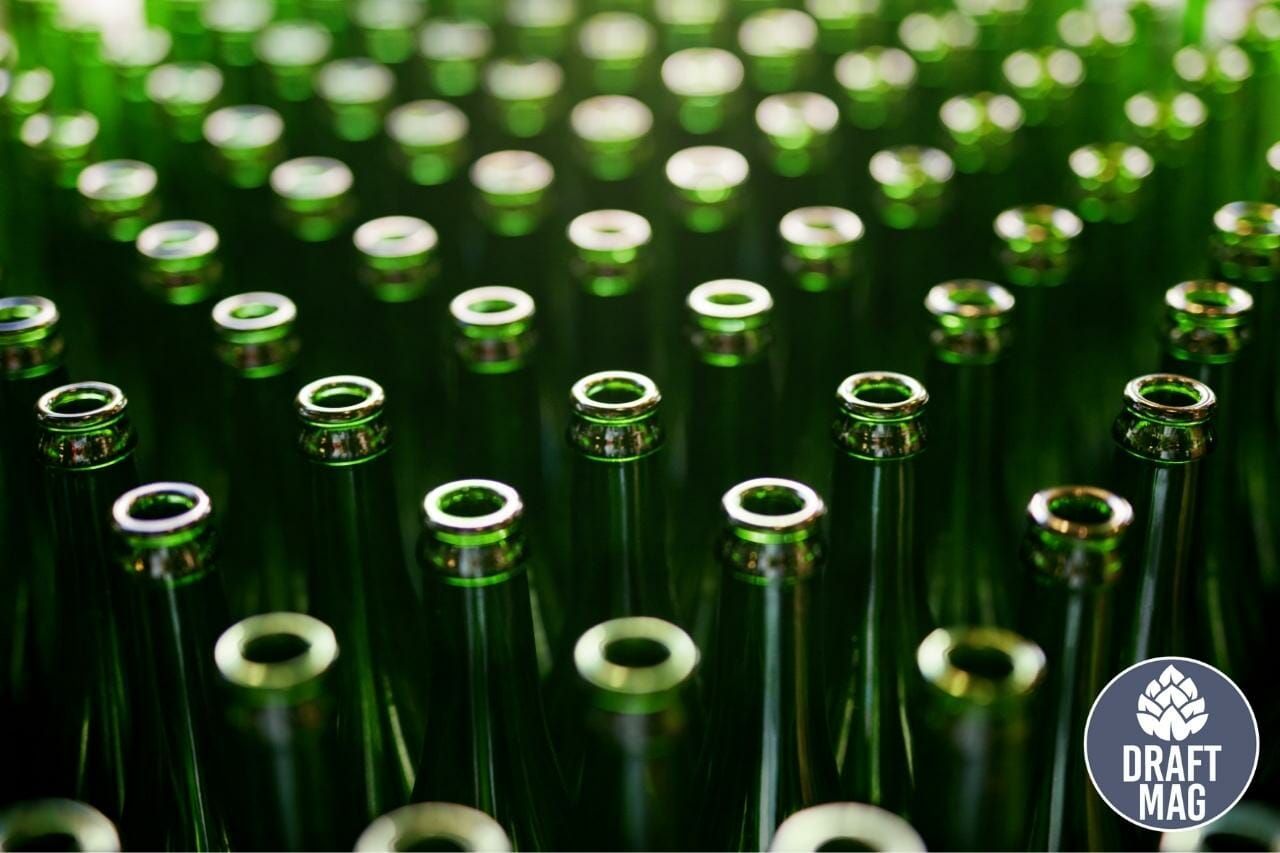 Bottling beer is perhaps the most common form of beer packaging after brewing. Although kegging is also pretty common, bottling is relatively simpler and cheaper. This is the go-to packaging technique for craft breweries and other microbreweries at home.
Bottling beer is perhaps the most common form of beer packaging after brewing. Although kegging is also pretty common, bottling is relatively simpler and cheaper. This is the go-to packaging technique for craft breweries and other microbreweries at home.
This article will share the most effective ways of bottling beer at home.
How To Bottle Beer: Step-by-Step Guide
Bottling is an easy task after brewing your beer at home or other microbreweries. All you need to do is adhere strictly to the following steps discussed below:
– Step 1: Confirm Complete Fermentation
Confirmation of complete fermentation is the first step. Before attempting to bottle your beer at home, you must ensure that primary and secondary fermentation is complete.
How do you confirm this?
You check the specific gravity of your brew between a period of two to three days apart. If your reading is the same, your beer is ready to be bottled. Otherwise, you’d have to wait to get two of such similar readings. Bottling when fermentation is not complete would lead to excessive carbonation, which may lead to an explosion.
– Step 2: Clean and Sanitize Bottles
Clean and sanitize the bottles intended for bottling your homebrew. Don’t forget to do the same for the caps as well as other equipment for use in the bottling process. It is often better to use non-rinsing sanitizers.
This way, there is no need to use water after sanitizing. Also, ensure you have enough bottles to fill your beer completely. You do not want to have excess beer left.
-
How Do You Calculate the Number of Bottles You Need?
Let’s give a simple illustration that would serve as your guide. Five gallons of beer will fill 48 12-ounce bottles. However, suppose you are using a larger bottle, say the 22-ounce bottle. In that case, the same five gallons will fill 26 of such bottles. This should serve as a good enough guide for you regarding the number of bottles you’d need.
– Step 3: Sugar Priming
The next thing is sugar priming. This process involves the addition of sugar to the beer in the bottling bucket. This helps to kickstart secondary fermentation. The result of the sugar priming process is the natural carbonation of the brew. It may also add some other nice flavors to the beer.
-
How Do You Know the Amount of Priming Sugar You Need?
Let’s use the same five gallons of beer illustration. Take about four to five ounces of priming sugar or about eight ounces of dry malt extract. Add a cup of water, mix and then boil for about five to ten minutes. Next, cool the resulting mixture to room temperature. Cooling is important, especially when using a glass carboy. If you don’t allow it to cool, the carboy could crack.
Pour the cooled sugar or malt liquid into the bucket or carboy containing the five-gallon beer. Ensure proper mixing of this poured liquid with your beer. This is to ensure even carbonation of the beer. You can use a sanitized spoon to stir the beer to evenly mix the sugar solution with the brew in the bucket.
– Step 4: Bottle Your Beer
After following the steps above, the next thing is to fill your bottles with your brewed beer. Attach one end of the siphon hose to the spigot of your bottling bucket and the other end to the bottle filler. Insert the tip of the bottle filler into a bottle. Open the tap to allow the beer to flow into the siphon, then into the bottle filler.
Press the bottle filler against the base of the bottle to allow the flow of beer into the bottle. There is a minor modification to this step when using a carboy. We explained above when discussing the different bottling equipment.
Leave a space of about one (or one and a half) inches from the top of the bottle. Stop filling the bottle with beer once it reaches the one-inch mark. Fill other bottles with the same method.
Do not forget to leave the headspace to prevent oxidation and explosion. Also, the space shouldn’t be too much to enable proper CO2 production during fermentation.
– Step 5: Cap the Filled Bottles
The next thing is to cap the filled bottles. After capping, do not refrigerate. Rather, keep your bottled beers in a dark room at room temperature for a period of two to three weeks. If you keep it in the fridge, your beer won’t carbonate, especially when using ale yeast.
After the two to three weeks wait, your beer ought to be fully carbonated and ready for drinking. You may also choose to force carbonate your beer to avoid the long wait. Once carbonation is complete, you can go on to enjoy a refreshing beer.
What Equipment Do You Need To Bottle Beer?
The equipment you need for bottling includes the bottle, a bottling bucket, a siphon hose, a bottle filler, and a bottle capper.
Bottling beer is one of the most effective means of packaging brewed beers. However, it may be an exhaustive process. Here are some important things to remember when preparing your equipment for bottling beer:
- Before filling your bottle, first, you need to rid it of any unwanted substance. Also, properly sanitize the bottle and other equipment to be used.
- The bottling bucket is the regular brew bucket containing your brew. It has a spigot (tap) at the base. This is used to control the movement of the beer into the siphon hose. The hose then carries the beer into the bottle filler.
- Use a spring-loaded bottle filler for neat transfer of beer into the bottle. The bottle capper is to help ensure that your bottle is perfectly capped and airtight.
- In place of a bucket, you could use a carboy. In this case, the siphon hose is attached to the racking cane. Here, the siphon needs pressure to pull the beer out of the carboy. Hence, the need for an auto-siphon, rather than inducing a siphon with your mouth.
- The hose then carries the beer to the filler, filling the beer. A bottle capper then helps to cap the bottle.
When Is the Best Bottling Period?
The best bottling period is three weeks after brewing an ale. This time is essential for complete fermentation, both the primary and secondary stages. Primary fermentation should be done within a week, while the other two weeks are for the secondary stage. It is important to remember that after brewing, you should not bottle the beer immediately.
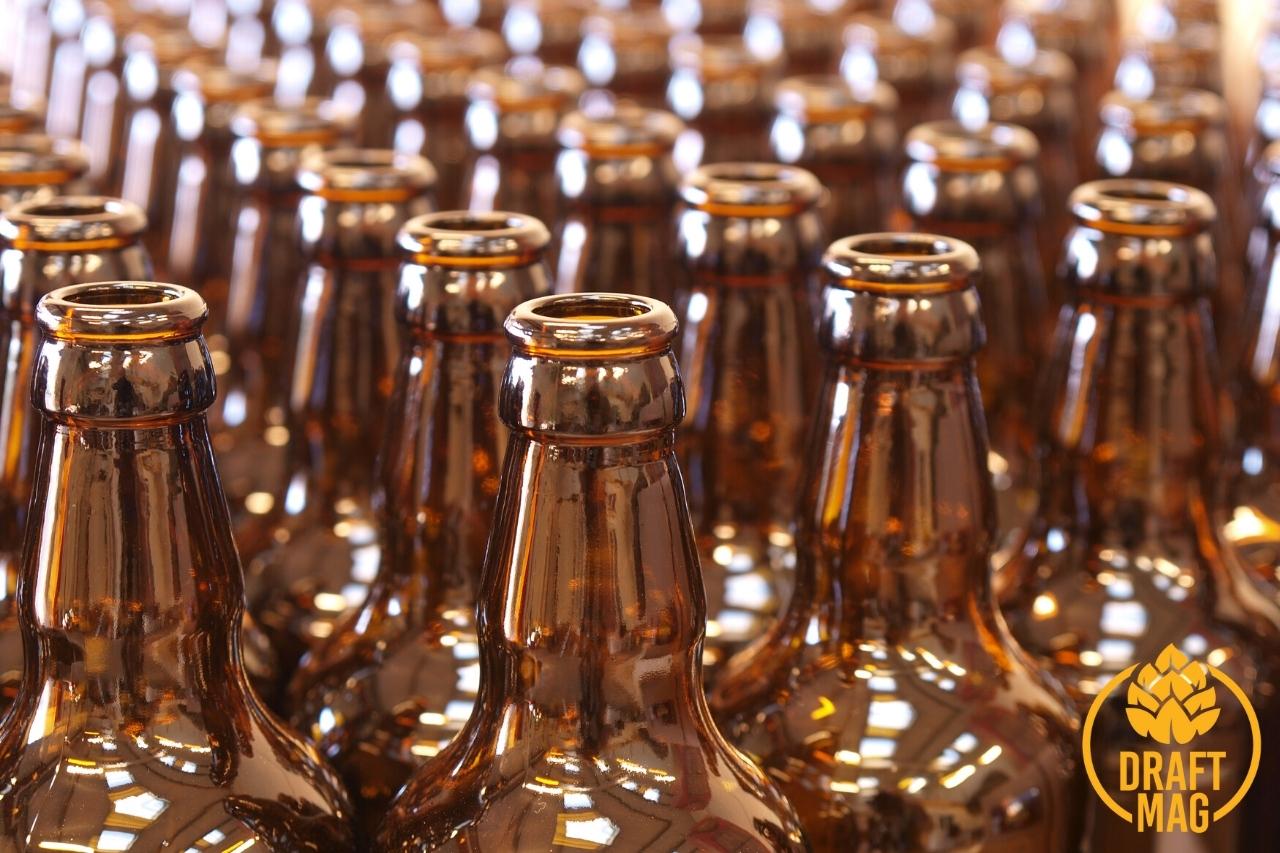 You could bottle wheat beers right after primary fermentation. On the other hand, lagers take up to two weeks for primary fermentation. The secondary stage takes more than a month. That is, lagers are kept for about two months post-brewing before bottling—the wait time before bottling homebrew could be tricky.
You could bottle wheat beers right after primary fermentation. On the other hand, lagers take up to two weeks for primary fermentation. The secondary stage takes more than a month. That is, lagers are kept for about two months post-brewing before bottling—the wait time before bottling homebrew could be tricky.
You may be in doubt regarding when to go about bottling your beer.
Varying the difference in specific gravity from time to time (a period of two to three days) is the ideal solution. Once you have a stable reading, fermentation is complete. You can then bottle your fermented beer. Some other complex beers spend longer wait-time post brewing to allow them to reach their full complexities in terms of flavor and aroma.
Available Bottle Options
Bottles used in bottling beers come in different types. These bottles could be grouped into three. First, you could reuse plastic fizzy drink bottles or choose to reuse commercial beer bottles. Another option is to buy new bottles from the local homebrew stores.
When selecting a bottle to store your brew, the most important thing is to ensure that your choice can withstand the pressure of carbonated drinks. Another thing is cleanliness; you need to ensure that you can easily clean these bottles. Ensuring the bottles are clean is very important!
-
Reuse Plastic Fizzy Bottles
This is the cheapest option. In this case, you can re-use already used bottles of soft drinks and other carbonated beverages. They are a great choice, considering they previously housed carbonated drinks. The design of the bottles allows them to withstand pressure. Hence, they are good enough to bottle fermented beer.
One drawback to using these bottles is that most of them are transparent. That is, sunlight can easily penetrate them. This light can react to some hop compounds that could affect the flavor and aroma of the beer.
-
Reuse Commercial Beer Bottles
Reusing commercial beer bottles is another excellent choice. After all, they were formerly beer bottles. Provided you have enough, all you need is simply clean these bottles before use. A means to cap them after filling with beer is essential.
It is best to use brown-colored glass commercial beer bottles. They provide the best protection for the components of the beer against UV rays. This helps ensure that beers are in good condition and are well suited for long-term storage.
The drawback of using these bottles includes finding enough similar-looking bottles. However, if you don’t care about aesthetics, it means nothing. But for one who cares about the optics, you want your beer dispensed in similar bottles for uniformity. Also, removing the original labels and printings of the bottles may prove difficult as opposed to those of plastic fizzy drink bottles.
-
Buy New Bottles
You could easily visit your local homebrew store to procure suitable bottles for beer packaging. This is perhaps the best choice for bottling beer at home, provided the added expense of buying these bottles is not an issue.
Since they are new bottles, there is less worry about contamination. Also, you get to select the bottle design you want and can get as many as possible. Hence, less worry about aesthetics.
All you need to do is ensure the bottle you are getting is ideal for carbonated drinks. Also, you do not want to forget to get their bottle caps and the device needed for capping.
Flip-top glass bottles are also a great choice. Since it’s your product, the choice of bottle package is entirely up to you. These bottles are easy to use and support reuse. Just ensure that they are well sanitized before filling with beer.
Again, cleanliness is key!
FAQ
Can you bottle beer straight from the fermenter?
No, it’s not recommended to bottle beer straight from the fermenter due to the risk of contamination and uneven carbonation.
Does beer ferment after bottling?
No, beer doesn’t ferment after bottling because the yeast consumes all the fermentable sugars during fermentation.
How long does it take beer to carbonate after bottling?
It typically takes 1-2 weeks for beer to carbonate after bottling, depending on the temperature and amount of priming sugar used.
Conclusion
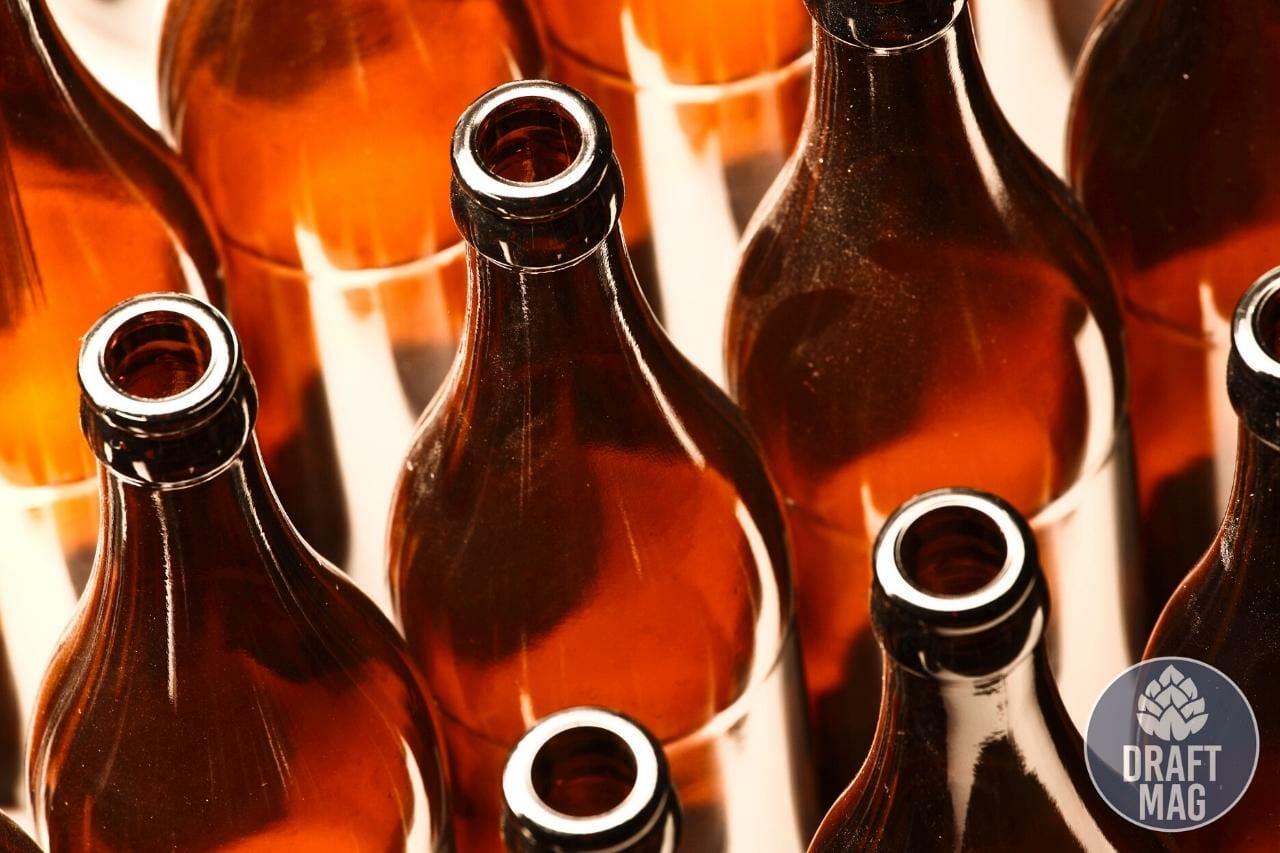 The right knowledge and equipment will make bottling your homebrew far easier than it used to be. Let’s make a quick recap of all the points discussed:
The right knowledge and equipment will make bottling your homebrew far easier than it used to be. Let’s make a quick recap of all the points discussed:
- Bottling beers is perhaps the most effective means of beer packaging.
- Bottling may be time-wasting, but it is pretty easy and effective.
- There exist three different bottles for this purpose. We could reuse plastic fizzy drink bottles or commercial beer bottles. The third option is to buy new beer bottles.
- The equipment needed for bottling beer includes a bottling bucket (or a carboy and a racking cane), a siphon hose, a bottle filler, and a bottle capper.
- After brewing, there is a need to keep the beer in a dark room for a varying period depending on the beer type before bottling should be done.
As you intend to bottle your beer, we’d advise you to keep referring back to this article to prevent skipping any step. If you follow this guide to bottling beer squarely, you would have no issue bottling your own beer at home.



